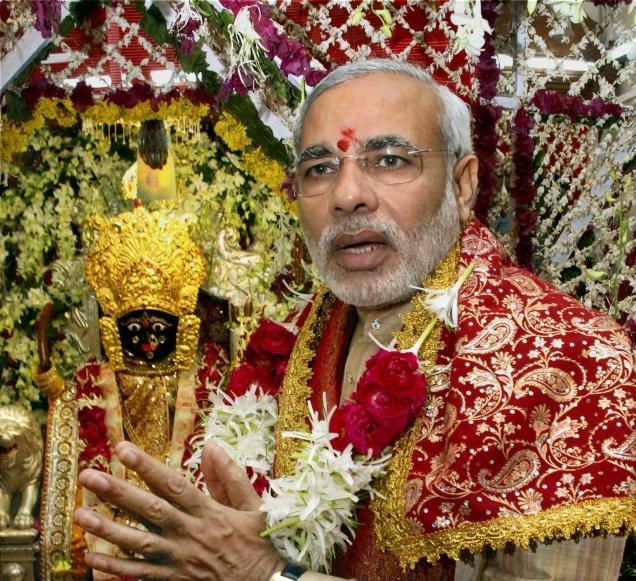News Analysis |
A Muslim man was shot dead by alleged cow vigilantes, and his body was thrown onto railway tracks in Rajasthan’s Alwar on November 10th. His killing again emphasizes the threat of terror caused by so-called cow vigilantes or Gau Rakshaks throughout India.
Muhammad was found dead on the Railway lines between Ramgarh and Jadoli Ka Bas on November 10. Although the police are still awaiting the post-mortem reports, the case looks like a shoot-out and eventual decapitation after a train ran over the dumped body.
According to media sources, the victim Ummar Khan and two others were transporting cows to Fahari village near Alwar’s Govindh Gadh when they were attacked. His companions were also attacked and sustained injuries.
Gau Raksha was to manifest itself after the creation of modern-day India. In 1966, the issue of cow slaughter would raise its head again with violent agitation by Hindutva groups.
Ummar Khan’s uncle has filed a complaint with the Alwar police, identifying one among the attackers, who is a member of the “Gau Raksha” group. Ummar Khan’s acquaintances, Tahir Ali and Javed Khan survived the attack. Critics have blasted the Police for being biased towards the killers.
The police’s lack of seriousness can be gauged from the fact that they have neither recorded Javed nor Tahir’s statement nor tried to ascertain the veracity of their accounts.In a similar incident earlier this year, a dairy farmer Pehlu Khan from Jaisinghpur village in Haryana, was lynched by cow vigilantes in Alwar while he was returning home after purchasing two cows and two calves from a Jaipur cattle fair.
Read more: Why RSS members are being killed in Indian Punjab?
In September, the Rajasthan police had given a clean chit to the six attackers named in Pehlu Khan’s dying statement, triggering nationwide outrage. Following this, Khan’s family had sought a Supreme Court probe into the killing, demanding that the case is shifted out of the state.
With the rise of the Hindutva fundamentalist BJP to power in 2014, Hindutva militants have become prominent in most parts of India. The most evident of these militants have been the Gau Rakshaks who have started to haunt the highways of India. Using the cover of law these Gau Rakshaks have initiated brutal attacks against civilians (mostly Muslims).
Muhammad was found dead on the Railway lines between Ramgarh and Jadoli Ka Bas on November 10.
Gau Raksha is one of the oldest forms of Hindutva. In 1870, the Namdhari Sikhs started the Kukua Revolution, revolting against the British, and seeking to protect cows from slaughter. A few years later, Swami Dayananda Saraswati called for the cessation of cow slaughter by the British and proposed the formation of Cow Protection Centers.
In the 1870s, cow protection movements spread rapidly in Punjab, the North-West Frontier Province, Oudh (now Awadh) and Rohilkhand. The Arya Samaj played a great part in expertly altering this sentiment into a national movement.
Read more: ‘Jihad against love’ in India?
According to experts, the symbol of the cow was masterfully utilized to rouse religious sentiments. It was not long before violence found its way to this movement. The first riots broke out between Hindus and Muslims in Mau in the Azamgarh district and took the government three days to regain control.
The violence did not end there as it spread to a riot in Bombay involving the working classes and unrest occurred in places as far away as Rangoon, Burma. An estimated thirty-one to forty-five communal riots broke out over six months and a total of 107 people were killed.
The first riots broke out between Hindus and Muslims in Mau in the Azamgarh district and took the government three days to regain control.
Gau Raksha was to manifest itself after the creation of modern-day India. In 1966, the issue of cow slaughter would raise its head again with violent agitation by Hindutva groups. The agitation culminated in a massive demonstration outside the Indian Parliament in New Delhi on 7th November 1966, when Prime Minister, Indira Gandhi did not accept the demand for a ban on cow slaughtering.
Read more: Not in my name protests: evolution in the anti-Hindutva struggle
A mob of 10,000 advocates against cow slaughter led by Hindu holy men tried to storm the parliament but were repulsed. The mob then rampaged through the capital city. A 48-hour curfew was ordered. All meetings were banned. The mob also attacked the then Congress president Kamaraj’s Delhi residence and set it on fire. Many died in police firing to control the crowd.
However, the rise of this new wave of Gau Raksha activists shows a more new brutal approach. Instead of attacking prominent political structures, violence is being used against marginalized communities in order to cow different social groups into submission.














